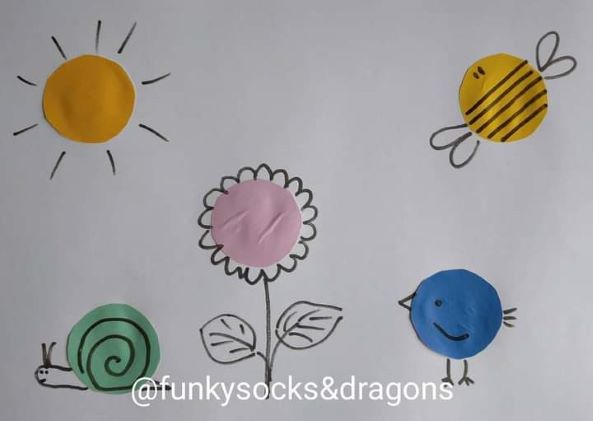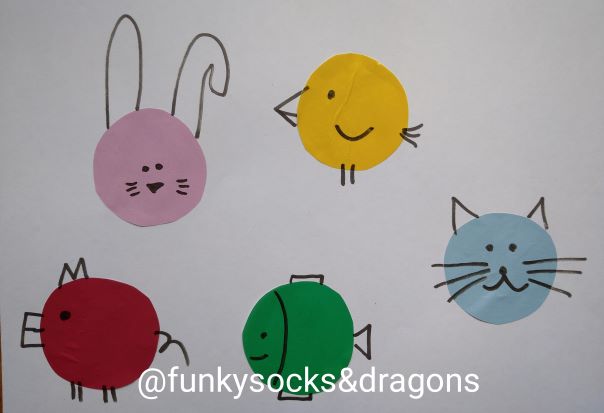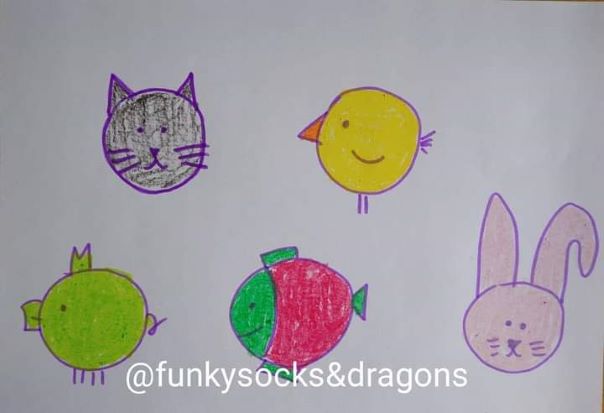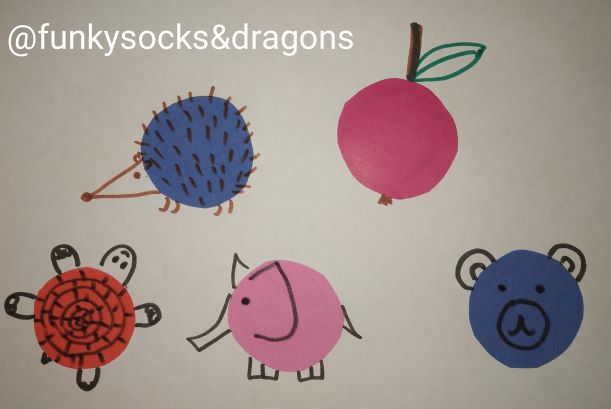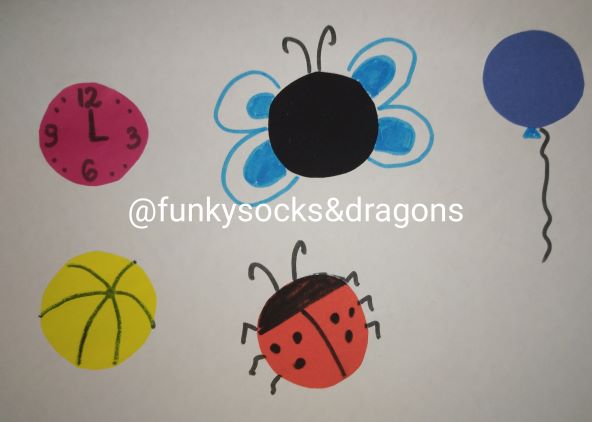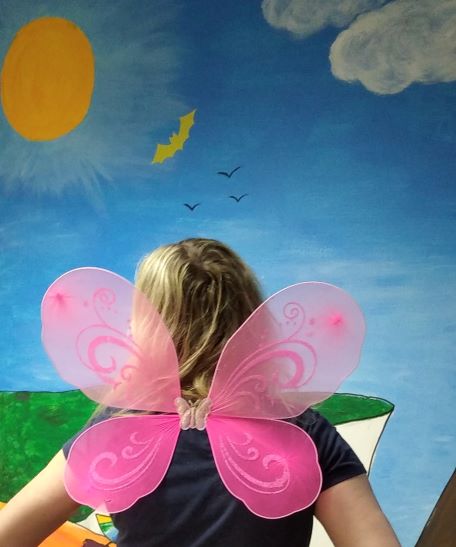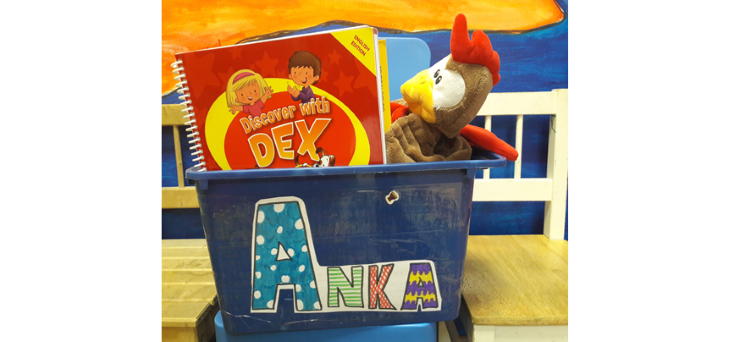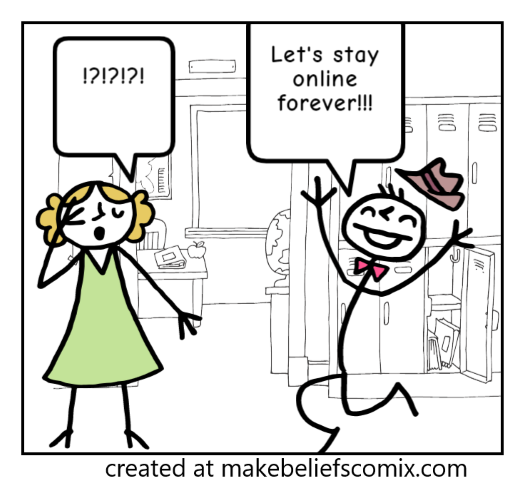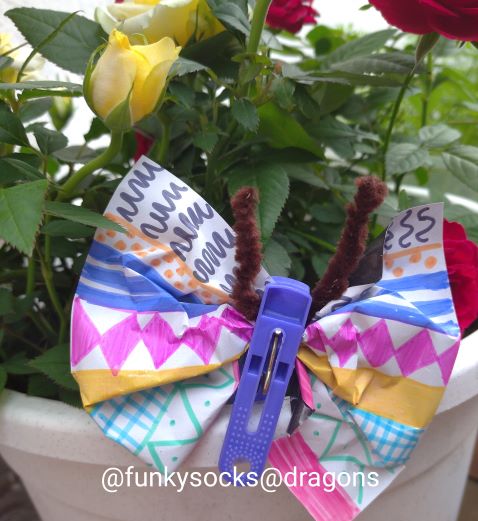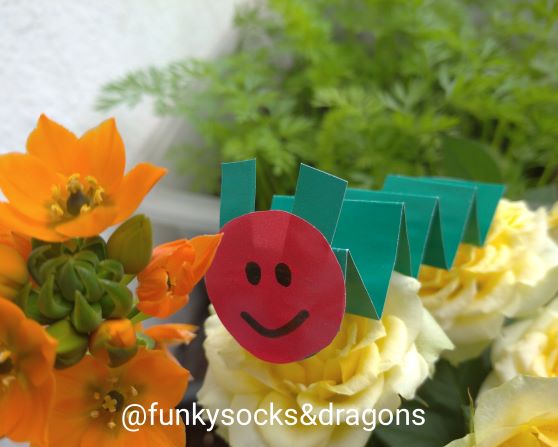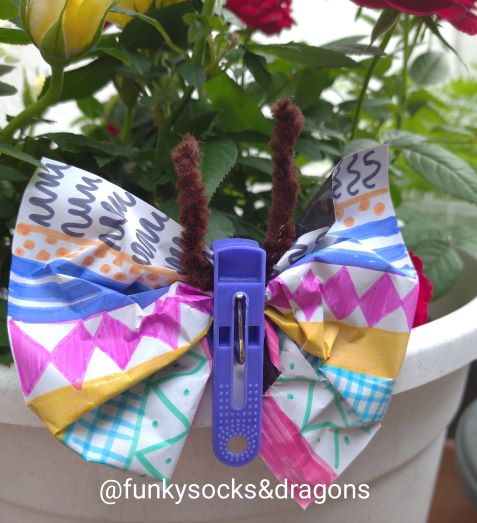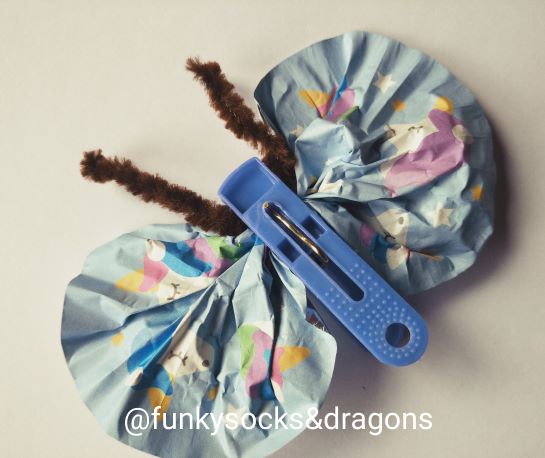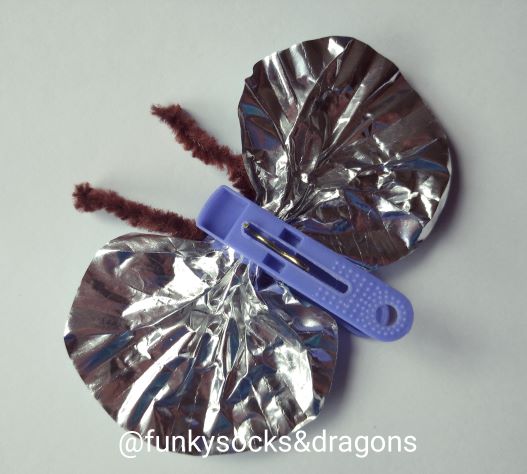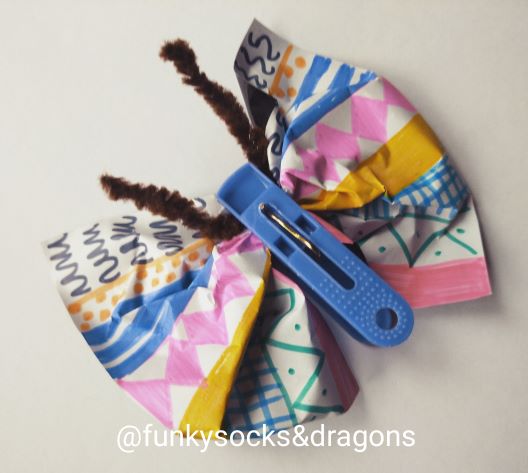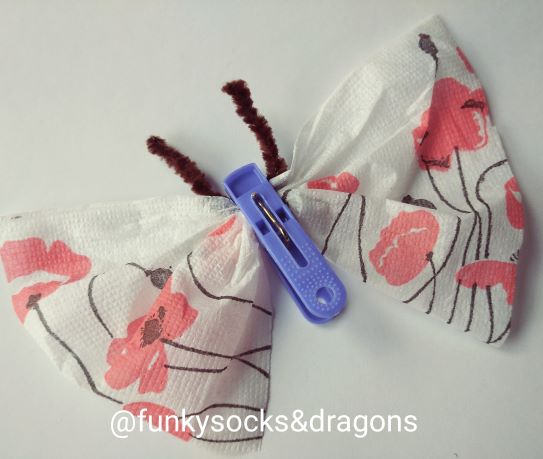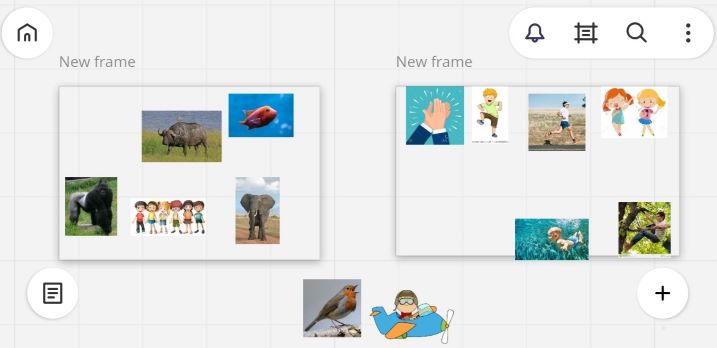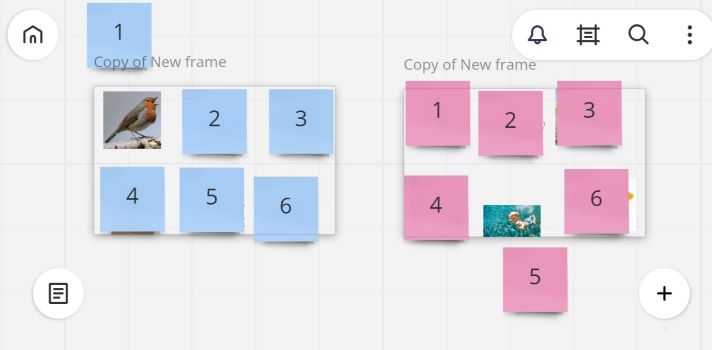
This post started with a line, one of those things that one says, casually, in a conversation with a teacher or at a conference. ‘There are many reasons to use a song…’ , I said and my brain, always ready for this kind of a challenge, took over. ‘How many? Can you count?’
I accepted the challenge. I have found sixty. For now:-). Not all of them are mine, of course but since this post is meant for teachers, not researchers and since I am on some kind of an academic holiday, no proper referencing. This time. All the inspiration sources and the follow-up reading below.
Now, fasten your seatbelts and let’s go! 3…2…1…
We are using songs with the primary and pre-primary EFL learners because:
- Kids like them
- They are a part of the kids’ world, regardless of the language.
- They help to reduce stress.
- Songs create a positive atmosphere.
- They can help set the context of the lesson.
- The kids don’t care if the teacher does not have a really beautiful voice but they care about a teacher who does not really sing.
- Singing and music are present in many areas of our everyday life.
- They can be used differently, depending on the day and how the children feel – to calm them down, to cheer them up, to wake them up.
- They can be used to develop motor skills, gross motor skills (jumping, dancing, skipping) and fine motor skills (finger play).
- They lead to personalisation for example by choosing favourite songs and expressing opinion on songs.
- Using different types of music develops children’s musical taste.
- They provide the exposure to the target language.
- They help to remember the vocabulary and structures
- They help with pronunciation, rhythm and intonation.
- And with the early literacy development, by developing the ear, rhymes recognition.
- They use a natural language
- The traditional rhymes, chants and songs carry the culture of the country.
- Songs are an opportunity for expression.
- They help memory development.
- Singing games usually involve a group or a team and so they help to develop social skills.
- They can be used to develop turn-taking and other social skills.
- They can help the kids to settle in the lesson and in the L2 environment.
- It is something that we do together, it helps to unite the kids after they have taken part in pair-work, team work or individual activities.
- They are a nice change of pace in the lesson, a punctuation mark.
- They are an easy-to-use stirrer.
- They are an easy-to-use settler.
- They give the lesson a frame (Hello song, How are you chant, Did you do your homework chant, storytime song, table time).
- They help the kids to move from one stage of the lesson to the other.
- They help to create a community.
- They help to take the language out of the classroom. The kids can sing the songs at home, in the car, on holiday.
- They are one of the few tools that help to involve a variety of learning channels: auditory (because we listen and we say), visual (because we can use flashcards to help kids remember the lyrics) and kinesthetic (because every song can be and should be accompanied by gestures)
- Thanks to music they remember the language better
- They are the first step language production; a song is basically a lot of discourse with some music.
- They are great for beginners, children can participate in a song, even if only through the gestures.
- They are great for shy students; singing is not scary if you do it in a crowd.
- They help to create routine and balance the ration of the new (material, songs, activities) and the familiar (all the favourite songs).
- Kids learn how to make decisions – choosing which song to sing next.
- They can be used as an activity timer (you have one song to finish colouring)
- Songs often tell a story this way creating the context for the language.
- They can be used to introduce new vocabulary and structures.
- They are great for recycling vocabulary.
- They can be used as background music during craft activities, to encourage the kids to sing rather than just chat in L1.
- Songs and chants can be used to give instructions.
- They can be used during any stage of the lesson.
- They can be used to get the students’ attention.
- They are easy to use and do not require a lot of preparation.
- There are plenty of songs to choose from.
- It is easy to make up your song or chant that can be used for one specific reason.
- They contribute to the variety of resources used in the lesson.
- They can contribute to the development of the cognitive skills, such as attention and focus.
- Children learn to take responsibility for the lesson and to lead by choosing the songs to sing.
- Songs can lead to creativity in the language. Once the song become familiar, they can be the stepping stone to creating own versions of them.
- They can ‘just be sung’ or they can become the theme of the lesson, if accompanied by the vocabulary introduction, craft, story.
- Singing a song can be a reward for good behaviour or special achievement.
- Some songs can contribute to learning other subjects such as art, maths, science etc.
- Parents like when their children sing so songs might be used during parents’ days, end-of-year performances.
- They help to motivate the kids to learn the language.
- They give the kids the sense of achievement, as even after a few lessons, they can feel like the speak the language, because they can sing the songs or recite a rhyme.
- Learning through songs is fun and memorable.
- Because, finally, adults, also get an excuse to sing!
It looks like, for now at least, all the reasons to use a song = 60 reasons to use a song. If you have any more ideas to add to this list, please let me know in the comments!
And may the VYL and YL classrooms be alive with the sound of music, like this or like this!
If you want to learn how to move from singing a song to a discourse, have a look at the earlier article on How to un-sing a song.
If you are new to teaching and you are not sure where to start
- have a look at some of the coursebooks and teacher’s books for primary and pre-school to see how the authors suggest dealing with a song in class
- set aside some time to research what is availble on youtube on such channels as Super Simple Songs, English Singsing, KidsTV123, Mother Goose Club, Dream English Kids.
Happy teaching!
#*#*#*#*#*#*#*#*#*#*#*#*#*#
References
Jo Budden, 2009, British Council Blog, Using music and songs
Alex Case (2019) Why and how to use songs with young children,
Alex Case (2008) 15 Criteria for a good kindergarten English song
Children and music: Benefits of Music in Child Development, Bright Horizons,
Sue Clarke, Kids and songs,
Yvette Coyle and Remei Gomez Garcia (2014), Using songs to enhance L2 vocabulary acquisition in preschool children, ELT Journal, 68/3
Nihada Delibelovic Dzanic, Alisa Peijic, The effect of using songs on young learners and their motivation for learning English, 2016, NETSOL, An Interdisciplinary Journal, 1 (2),
Dovlatova, M. 2015, the role of songs in learning English, Young Scientist, 10 (90),
ESL songs for kids and teens (2019),
Opal Dunn (2012), Introducing English to Young Children: Spoken Language, Harper Collins Publications
Larry M Lynch, 9 reasons why you should use songs to teach EFL
Lin Marsh, Why song and dance are essential for children’s development, 2015
Carmen Fonseca Mora (2000), Foreign Language Acquisition and memory singing, ELT Journal, 54/2, p. 146 – 152
Sandie Mourao, Gail Ellis, Teaching English To pre-primary children, Delta Publishing
Carol Read (2007), 500 Activities for the primary classroom, Macmillan books for teachers.
Devon Thagard, 2011, Why the songs should be used more in the Young Learners classroom
Elaine Winter, Why Music Matters in the early childhood classroom, 2017

